Chardonnay is America’s favorite wine. But in Washington State, the white variety is losing ground to red varieties, says wine writer and critic Andy Perdue.
For the first time in years, Cabernet Sauvignon out-produced Riesling and Chardonnay, according to the 2013 crush report released in early March by the U.S. Department of Agriculture. Wineries crushed 42,600 tons of Cabernet Sauvignon, an increase of almost 20 percent from the previous year.
Chardonnay was the second most-produced variety at 40,500 tons, followed by Riesling at 40,200 tons. Total tonnage for the 2013 crop was 210,000 tons, up 12 percent from 2012.
Chardonnay has enjoyed a strong, 50-year history in Washington, said Perdue, co-owner of the web magazine Great Northwest Wine. One of the first plantings was in 1963 on Harrison Hill in Yakima Valley by the stakeholders of Associated Vintners. The most recent statewide acreage survey conducted in 2011 reported 7,600 acres are planted.
“In 1993, Chardonnay tonnage surpassed Riesling as the number-one producing variety, and it held that number-one spot for fourteen years until 2007,” Perdue said during the annual meeting of the Washington Association of Wine Grape Growers in Kennewick.
Since then, it has been neck and neck with Riesling until last year.
Chardonnay was the focus of the meeting’s grand tasting, an annual event that features a panel discussion about a variety and includes an audience tasting of selected wines.
“Today, Chardonnay is planted in nearly every AVA [American Viticultural Area] in Washington,” said Perdue. “But Washington is becoming a red-dominated wine state.”
Though Chardonnay sales in all price categories were slightly down last year in America, the variety still represented about 20 percent of all wine sales, according to Glenn Proctor, global wine broker with Ciatti Wine Company in San Rafael, California. Based on consumer food purchase data collected by A.C. Nielsen, sales of Chardonnay wines were down slightly from the previous year. However, wine sales as a category had increased 2.2 percent, he said.
“Chardonnay isn’t the queen of the castle anymore,” Proctor said, though he noted that Chardonnay production is still growing and increased from 40 million cases in 2003 to 56 million in 2013. “But other white varieties, like Sauvignon Blanc or Pinot Gris, are hot now and also growing.”
Opportunity
He sees opportunity with the variety, but noted that winemakers have made it confusing for consumers because of the different Chardonnay wine styles. Also, he said there’s a perception problem for Washington Chardonnay because people think Washington is a Cabernet Sauvignon state.
Kevin Mott, winemaker at Woodward Canyon Cellars, said choosing a Chardonnay wine style is an evolution. Chardonnay was the first variety planted by Rick Small, owner of Woodward Canyon and the winery’s first Chardonnay wines were released for sale in 1982. “They were the rich, buttery, oaky style, typical of Chardonnay in the 1980s,” said Mott. “For me, our Chardonnay style has been an evolution. Over time, I grew to dislike that rich style.”
Today, he says their Chardonnay wines reflect the tastes of their customers, and the wines are leaner, crisper, and pair better with foods than the oaky, buttery styles of the past.
Ste. Michelle Wine Estates’s assistant winemaker David Rosenthal said that Washington Chardonnay wines generally have lighter structure than California’s and can’t handle the same amount of oak barrels as other regions.
“It’s an under-rated variety in Washington,” Rosenthal said, adding that it shows when the variety is overcropped. “The key in Washington is to grow it in cooler sites where it can ripen slowly and develop complex flavors.”
With diverse growing regions, Washington winemakers have an opportunity to make a wide variety of styles, says Co Dinn, formerly of Hogue Cellars and now Co Dinn Consulting. “You need to identify what style you want based on your natural advantages.”
He prefers to fit the wine to the fruit style of the grape and follow the natural direction of the fruit when making wine.
Vineyard manager Mimi Nye pays close attention to sun exposure of Chardonnay vines grown in Ste. Michelle’s Canoe Ridge Vineyard. The vineyard, located in Horse Heaven Hills, is a warm site, and she aims to have “bright” shade in the canopy. “If you stress Chardonnay too much, the leaves will fall off and the fruit will be overexposed with harsh flavors.”
Chardonnay success
Ramey Wine Cellars in Healdsburg, California, produces 40,000 cases of wine annually, of which 24,000 are Chardonnay, made into six different styles. About 1,000 cases of the winery’s single-vineyard Chardonnay wines fetch retail prices of $60 per 750-milliliter bottle, while lower-tier Chardonnay retails for $40 per bottle. “We sell a lot of wine by-the-glass at restaurants charging $16 to $20 a pour,” said Dave Ramey, owner and winemaker.
Ramey said he uses less oak than in years past. “Stainless-steel Chardonnay is the wrong answer to excessively overoaked Chardonnay,” he said. “The answer to overoaked Chardonnay is to use less new oak.” His answer to excessively buttery Chardonnay is weekly battonage (mixing up the lees with a baton), stirring until malolactic fermentation is completed.
The panelists agreed it’s hard to define Washington’s style of Chardonnay because of the state’s large and diverse growing regions. However, Washington wines are known for great up-front profiles and brightness, said Ste. Michelle’s Rosenthal, explaining that the cool nights allow grapes to retain acidity.
Washington Chardonnay can be successful, even if it’s second chair to Cabernet Sauvignon. But it takes hard work and marketing to grow a national brand, said Ramey. “First, you have to put quality in the bottle. Then, you have to tell the world about it, and finally, you have to show up in the marketplace. Marketing is shoe leather.”
Building a national brand starts on-premise at the winery, he said, adding that his winery has a strong, on-premise presence. He believes that to have respect, wines must be in fine restaurants, and that usually requires distribution.
“Ultimately, the best way to grow your own brand, and brand Washington Chardonnay, is through quality, quality, quality, and quality.” •

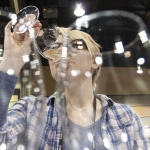
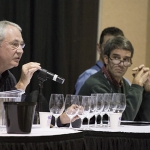
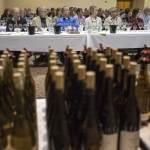
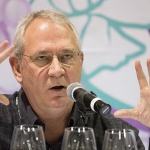
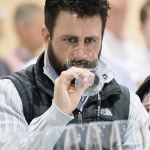
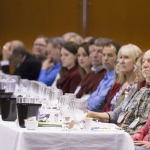
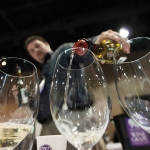
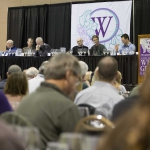



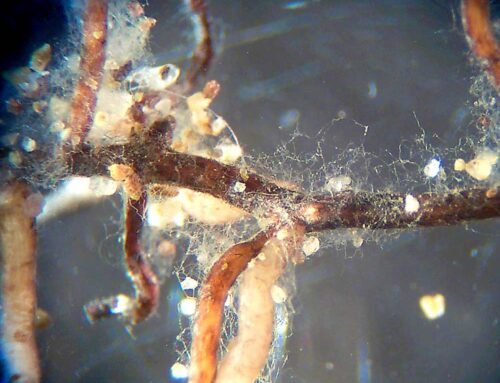
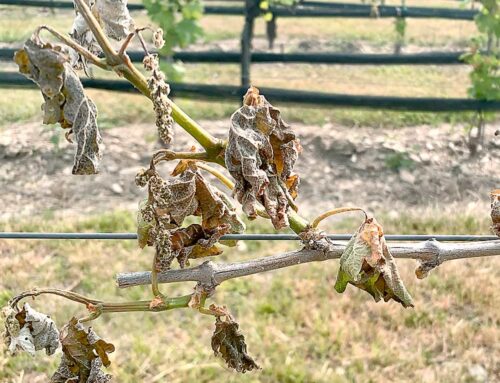
Leave A Comment